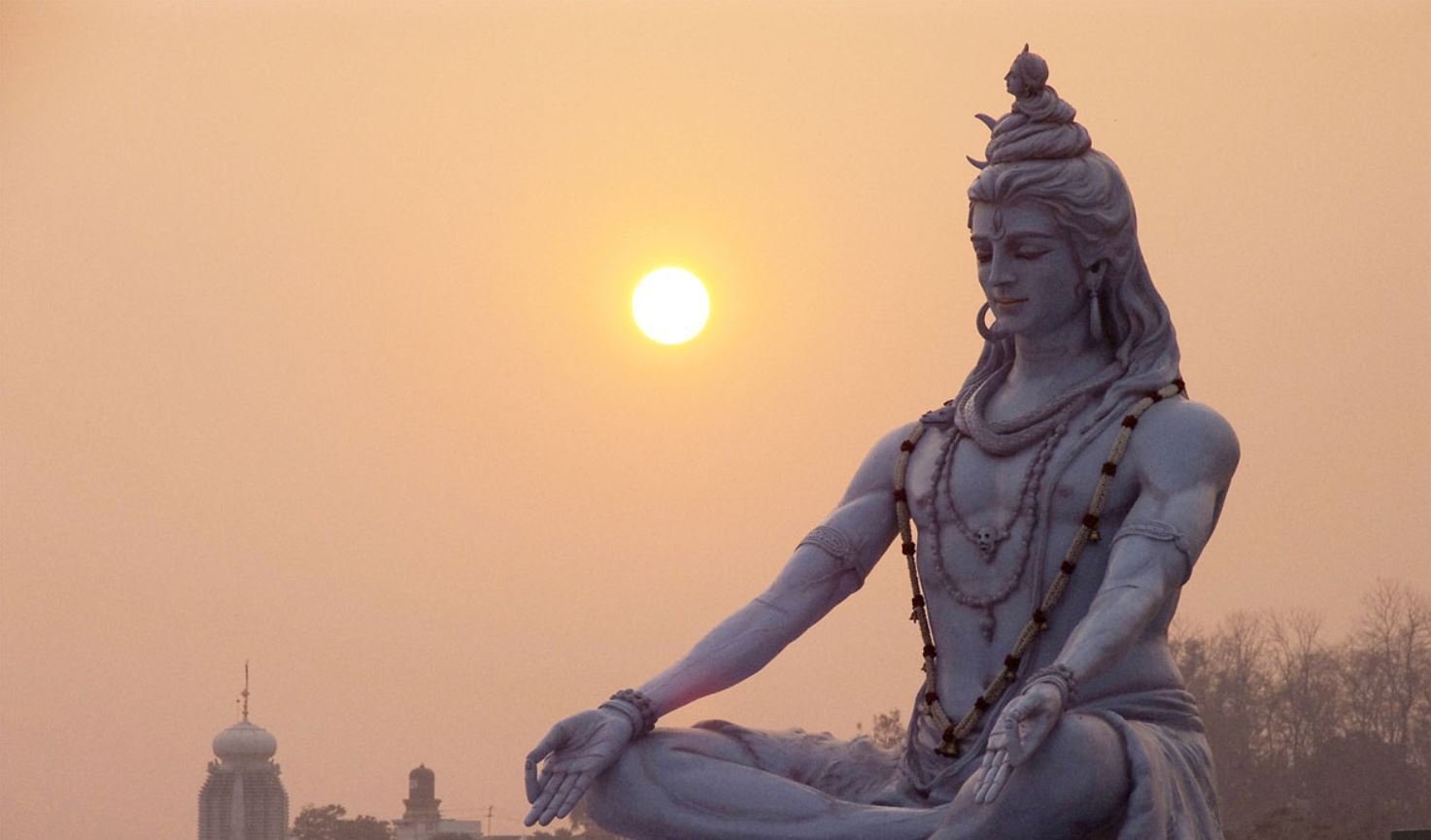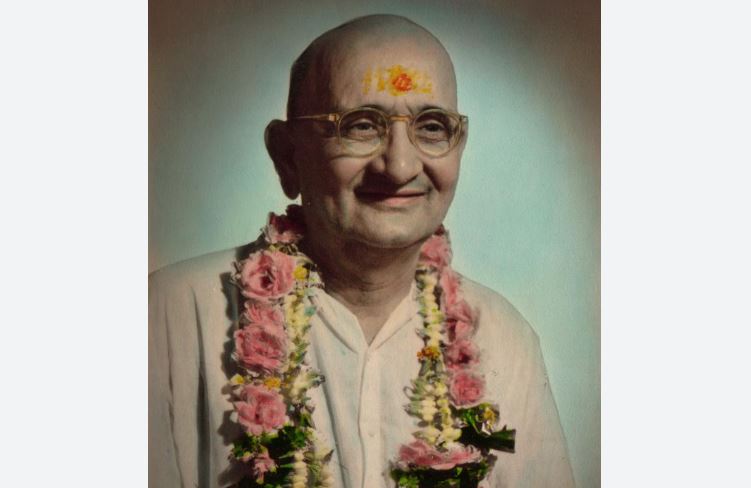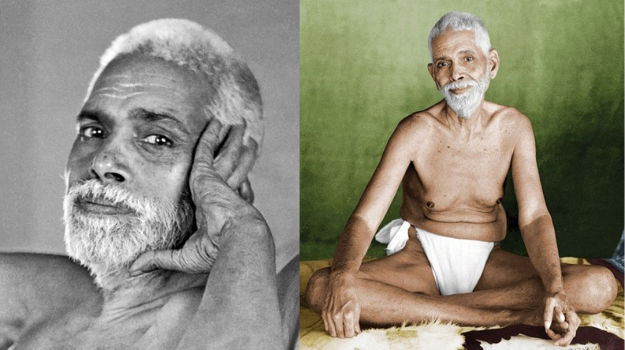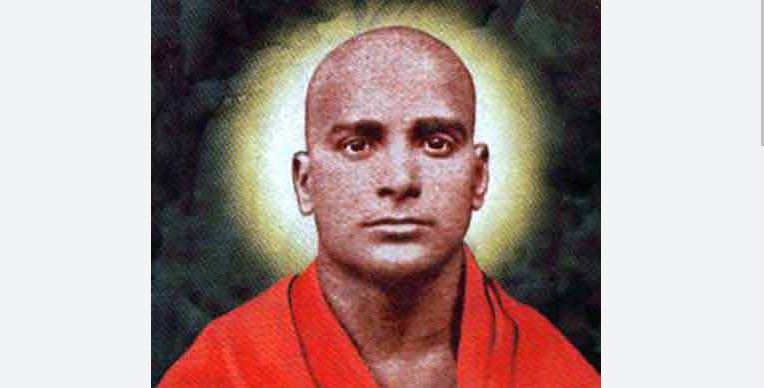Sadhguru Jaggi Vasudev
The fourteenth day of every lunar month or the day before the new moon is known as Shivratri. Among all the twelve Shivratris that occur in a calendar year, Mahashivratri, the one that occurs in February-March is of the most spiritual significance. On this night, the northern hemisphere of the planet is positioned in such a way that there is a natural upsurge of energy in a human being. This is a day when nature is pushing one towards one’s spiritual peak. To allow this natural upsurge of energies to find their way, one of the fundamentals of this nightlong festival is to ensure that you remain awake with your spine vertical throughout the night.
Why this day and night are held with such importance in the yogic traditions is because of the possibilities it presents to a spiritual seeker. Modern science today is also out to prove that everything that you know as life, everything that you know as matter and existence, everything that you know as the cosmos and galaxies, is just one energy which manifests itself in millions of ways.
This scientific fact is an experiential reality in every yogi. The word “yogi” means one who has realized the oneness of the existence. When I say “yoga,” I am not referring to any one particular practice or system. All longing to know the unbounded, all longing to know the oneness in the existence is yoga. The night of Mahashivratri offers a person an opportunity to experience this.
Shivratri, is the darkest day of the month. Celebrating Mahashivratri, almost seems like celebration of darkness. Any logical mind would resist darkness and naturally opt for light. But the word “Shiva” literally means “that which is not.” “That which is,” is existence and creation. “That which is not” is Shiva. “That which is not” means, if you open your eyes and look around, if your vision is for small things, you will see lots of creation. If your vision is really looking for big things, you will see the biggest presence in the existence is a vast emptiness.
A few spots which we call galaxies are generally much noticed, but the vast emptiness that holds them does not come into everybody’s notice. This vastness, this unbounded emptiness, is what is referred to as Shiva. Today, modern science also proves that everything comes from nothing and goes back to nothing. It is in this context that Shiva, the vast emptiness or nothingness, is referred to as the great lord, or Mahadeva.
Every religion, every culture on this planet has always been talking about the omnipresent, all-pervading nature of the divine. If we look at it, the only thing that can be truly all-pervading, the only thing that can be everywhere is darkness, nothingness, or emptiness.
Generally, when people are seeking well-being, we talk of the divine as light. When people are no longer seeking well-being, when they are looking beyond their life in terms of dissolving, then we always refer to the divine as darkness.
In Indian culture, all the ancient prayers were not about saving yourself, protecting yourself or doing better in life. All the ancient prayers have always been “Oh lord, destroy me so that I can become like yourself.” So when we say Shivratri, which is the darkest night of the month, it is an opportunity for one to dissolve their limitedness, to experience the unboundedness of the source of creation which is the seed in every human being.
Mahashivratri is being celebrated on March 4. Excerpted from isha.sadhguru.org







